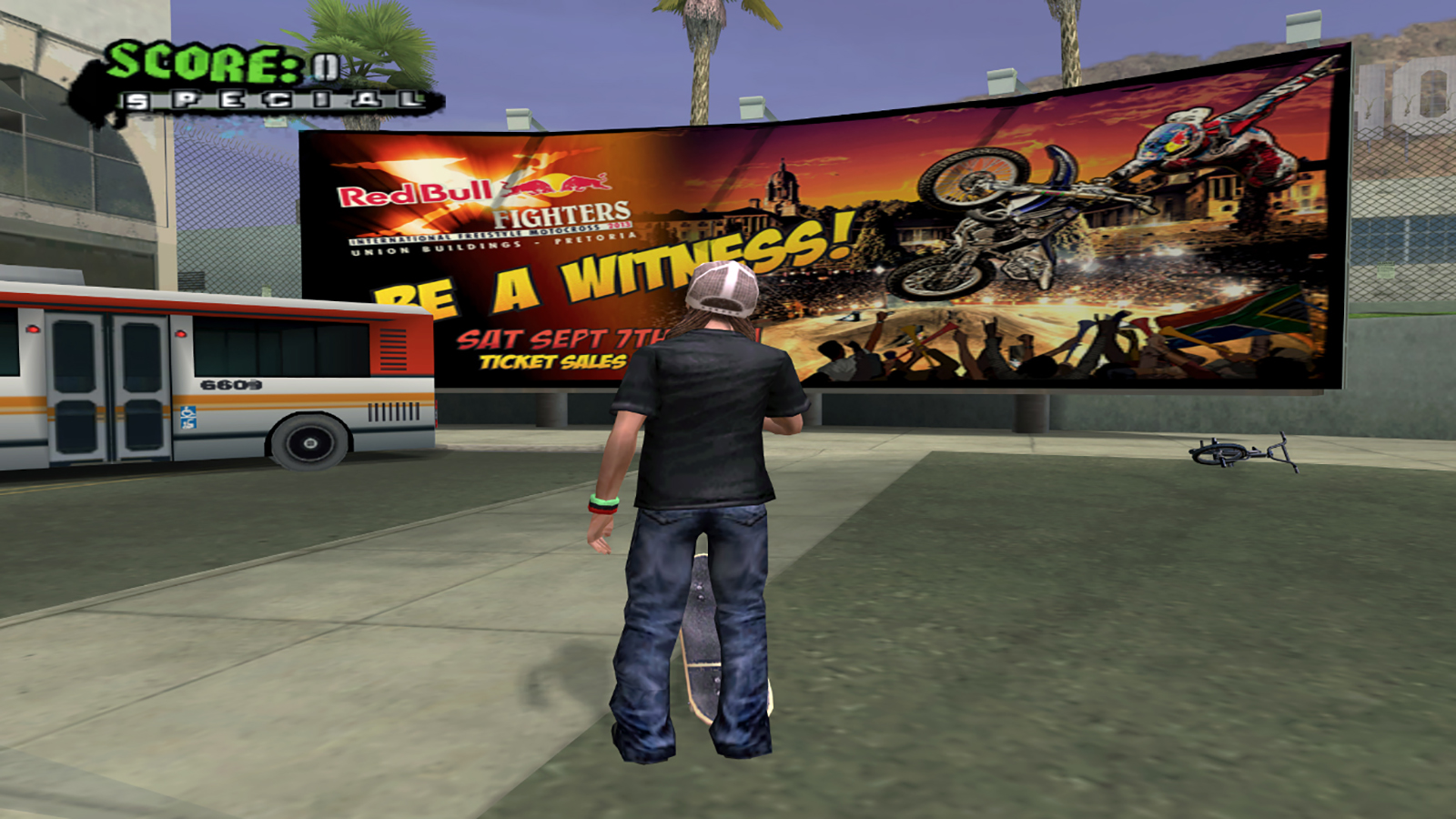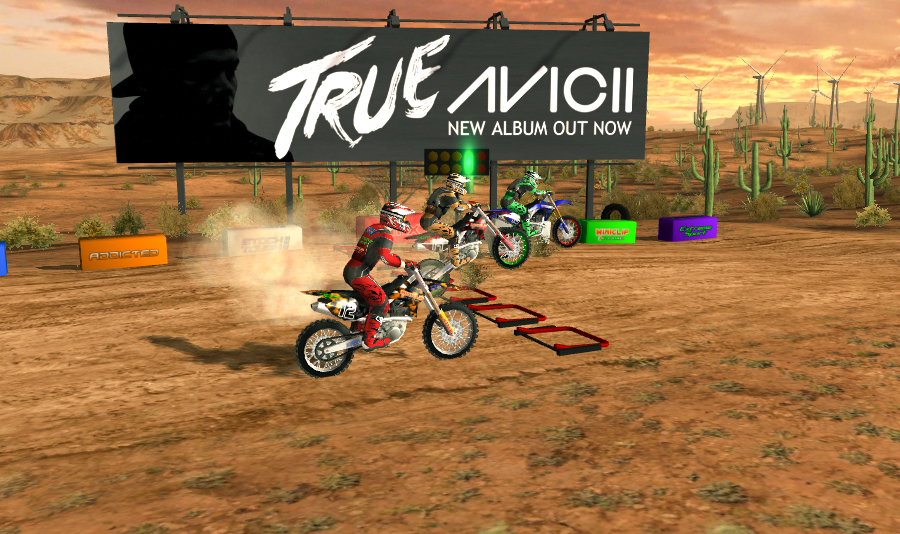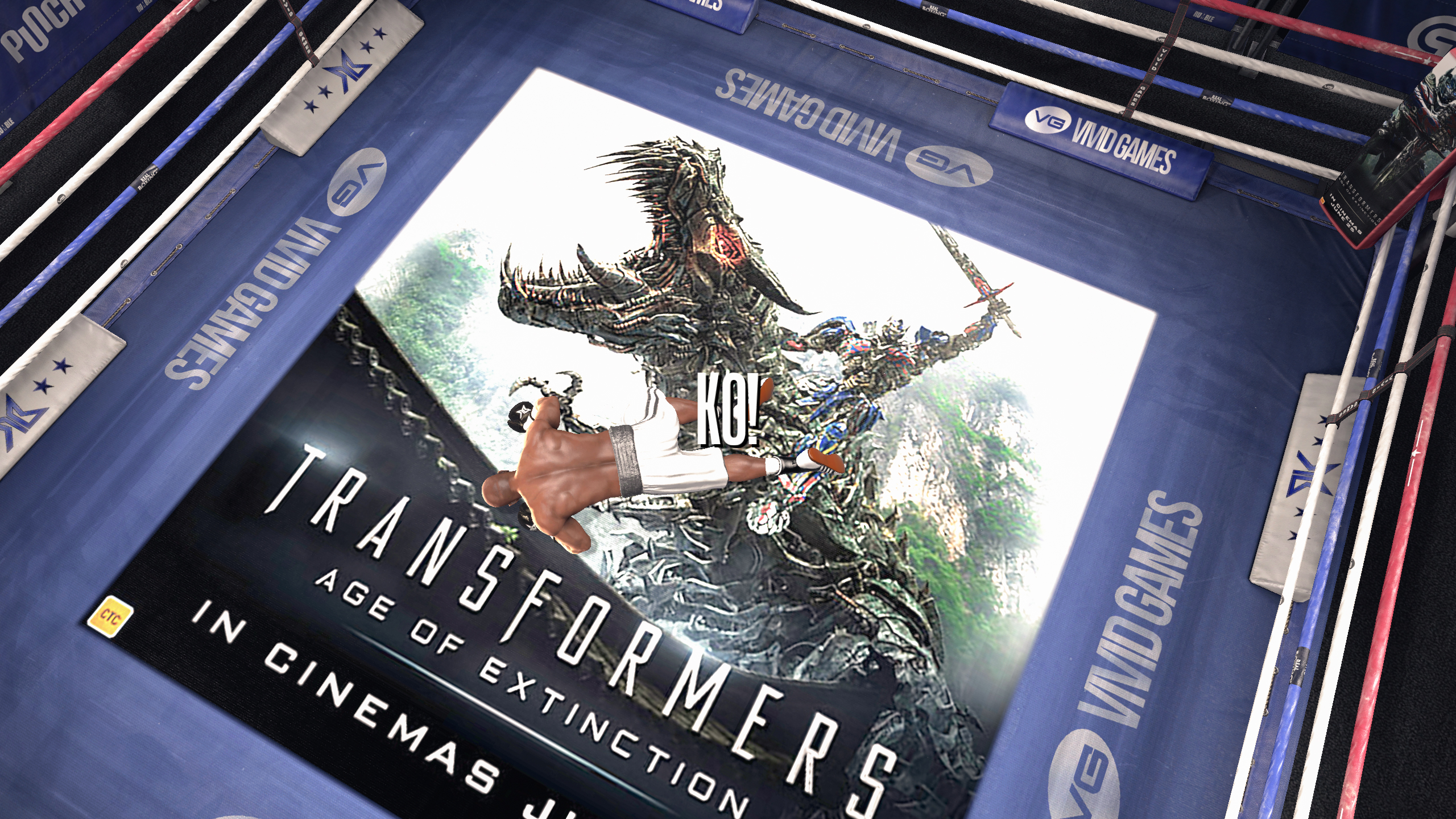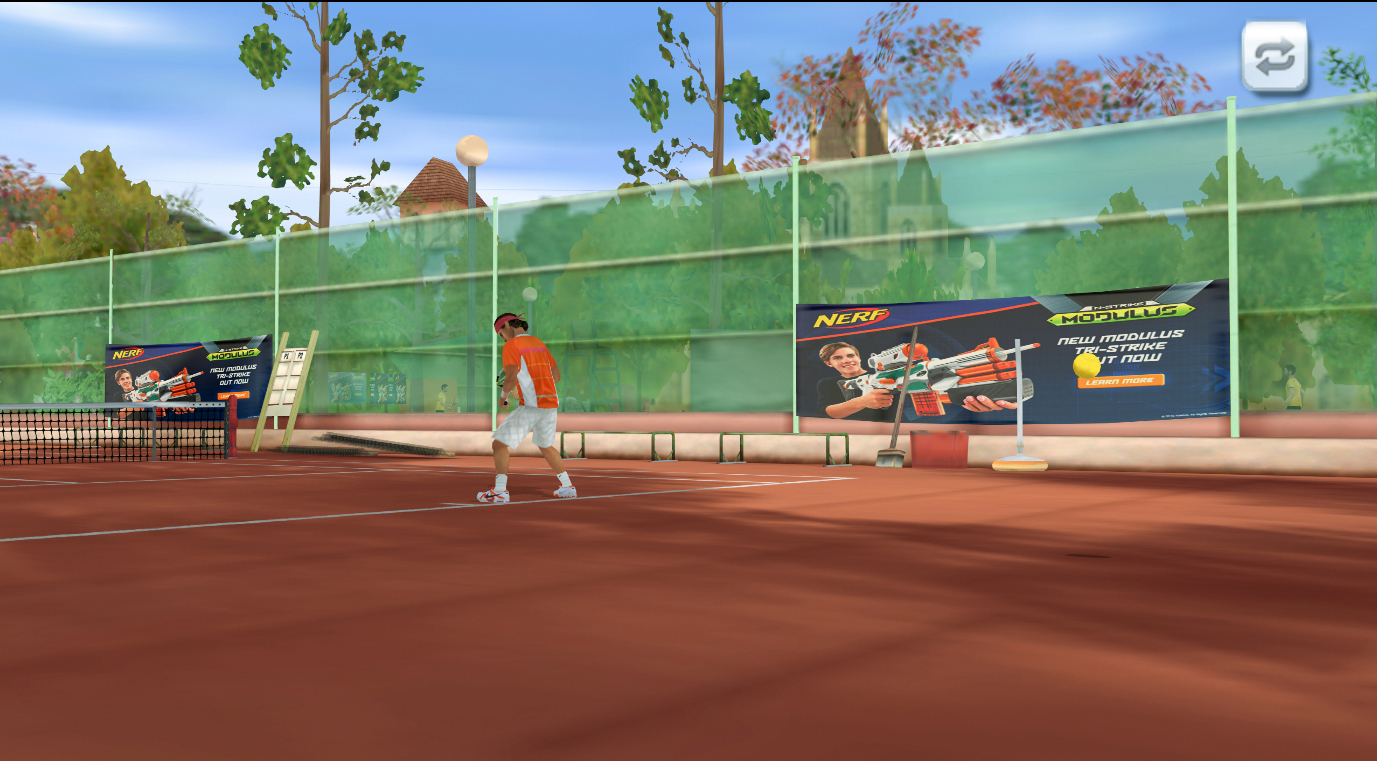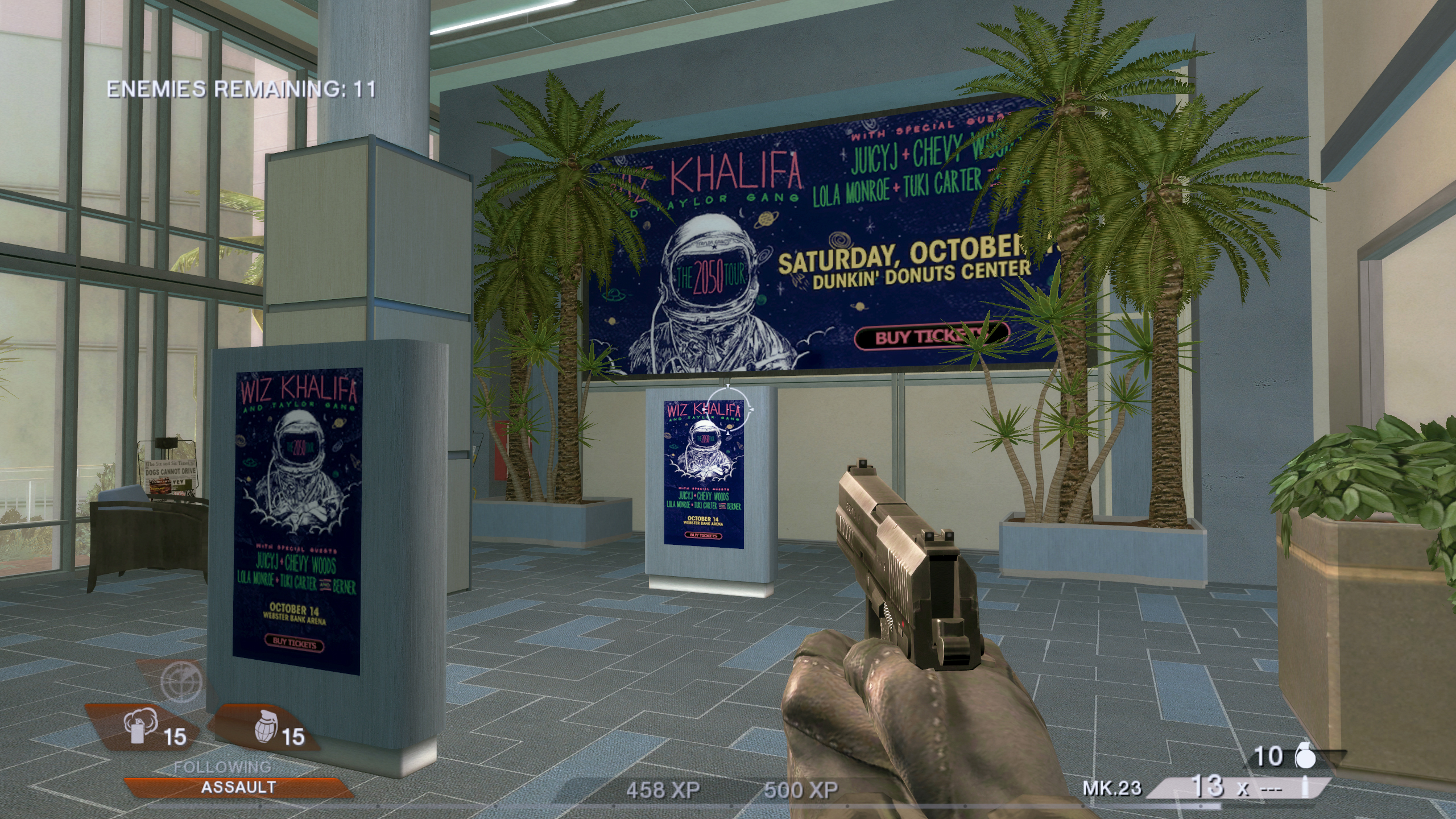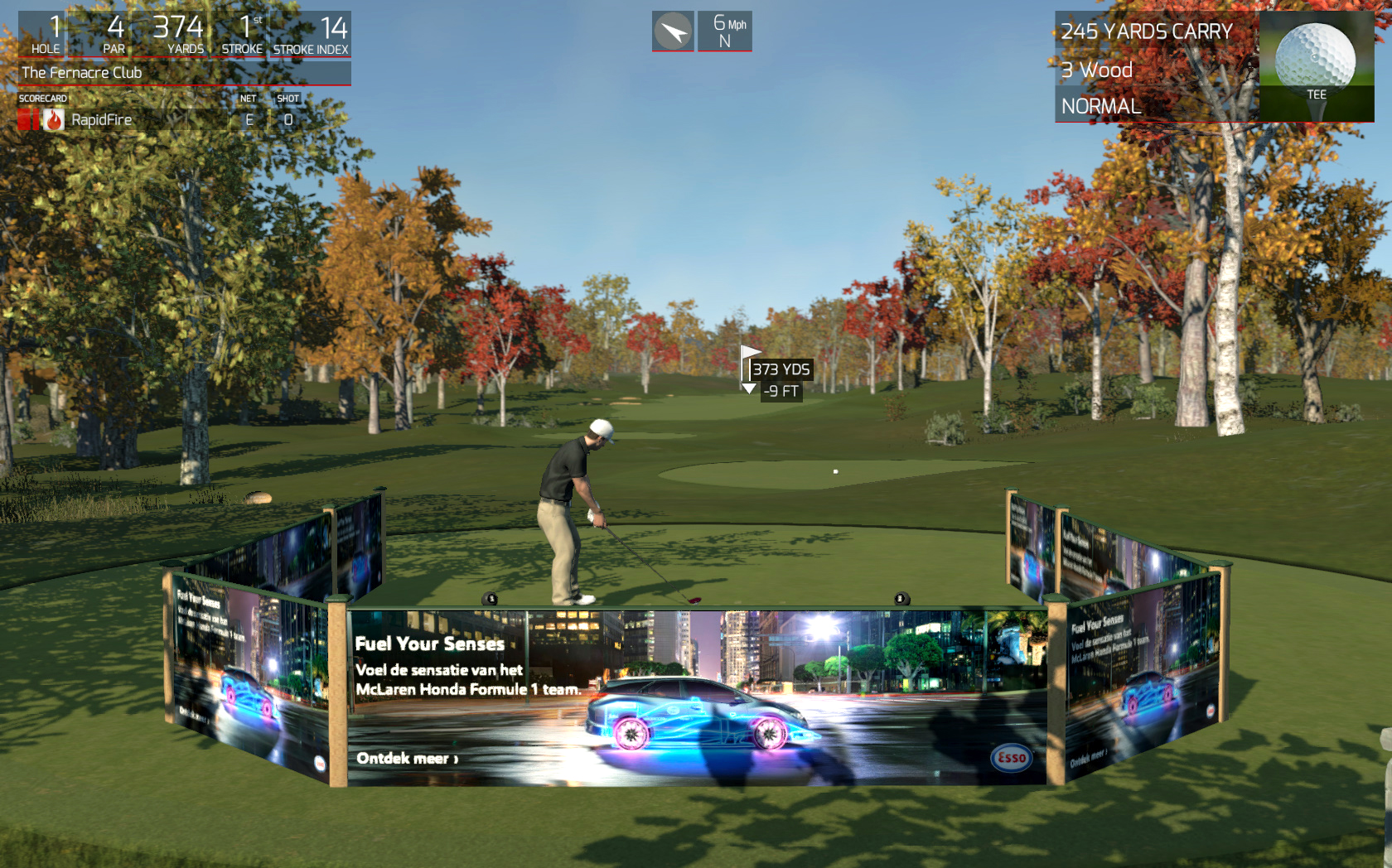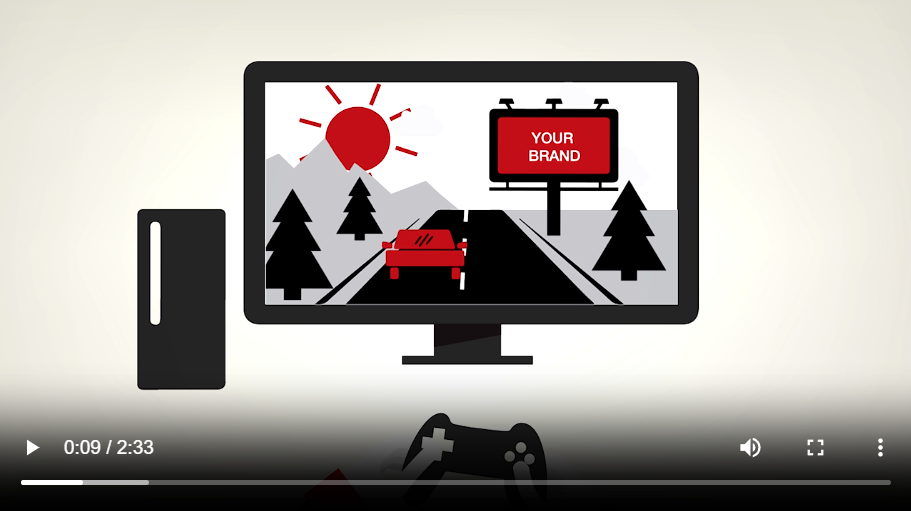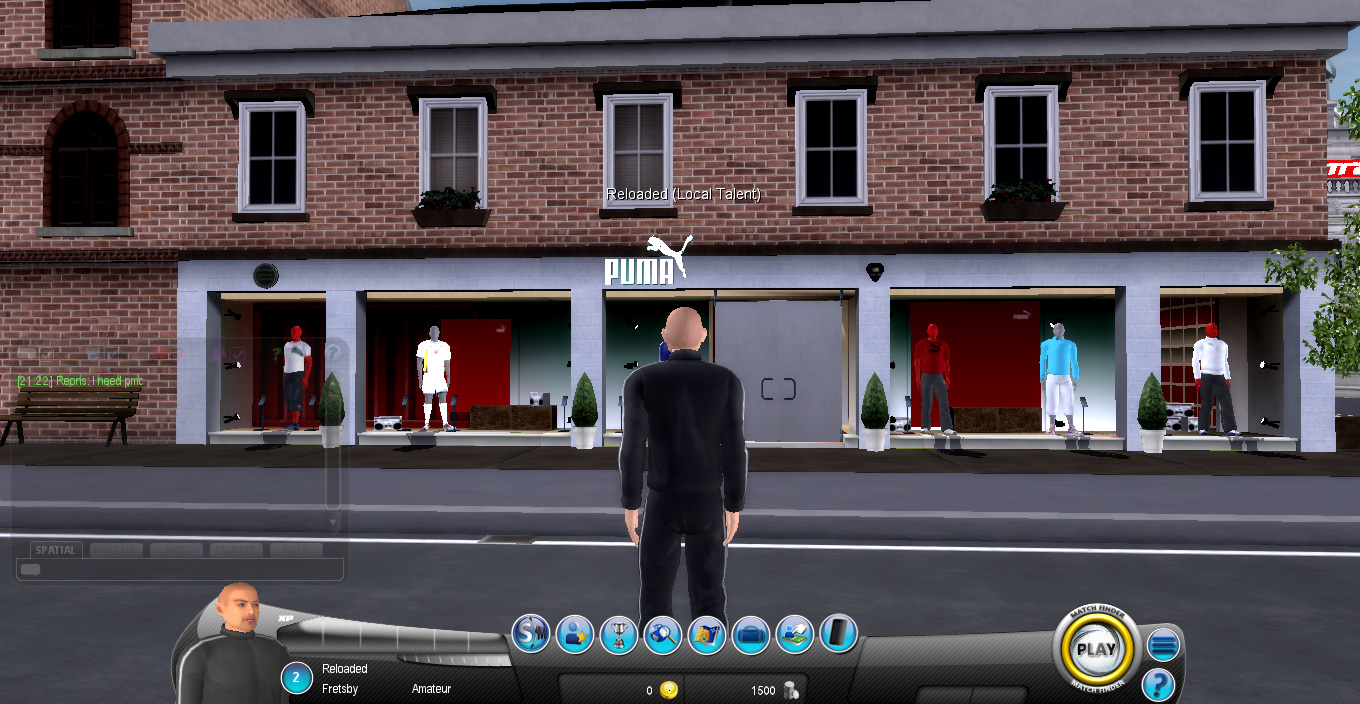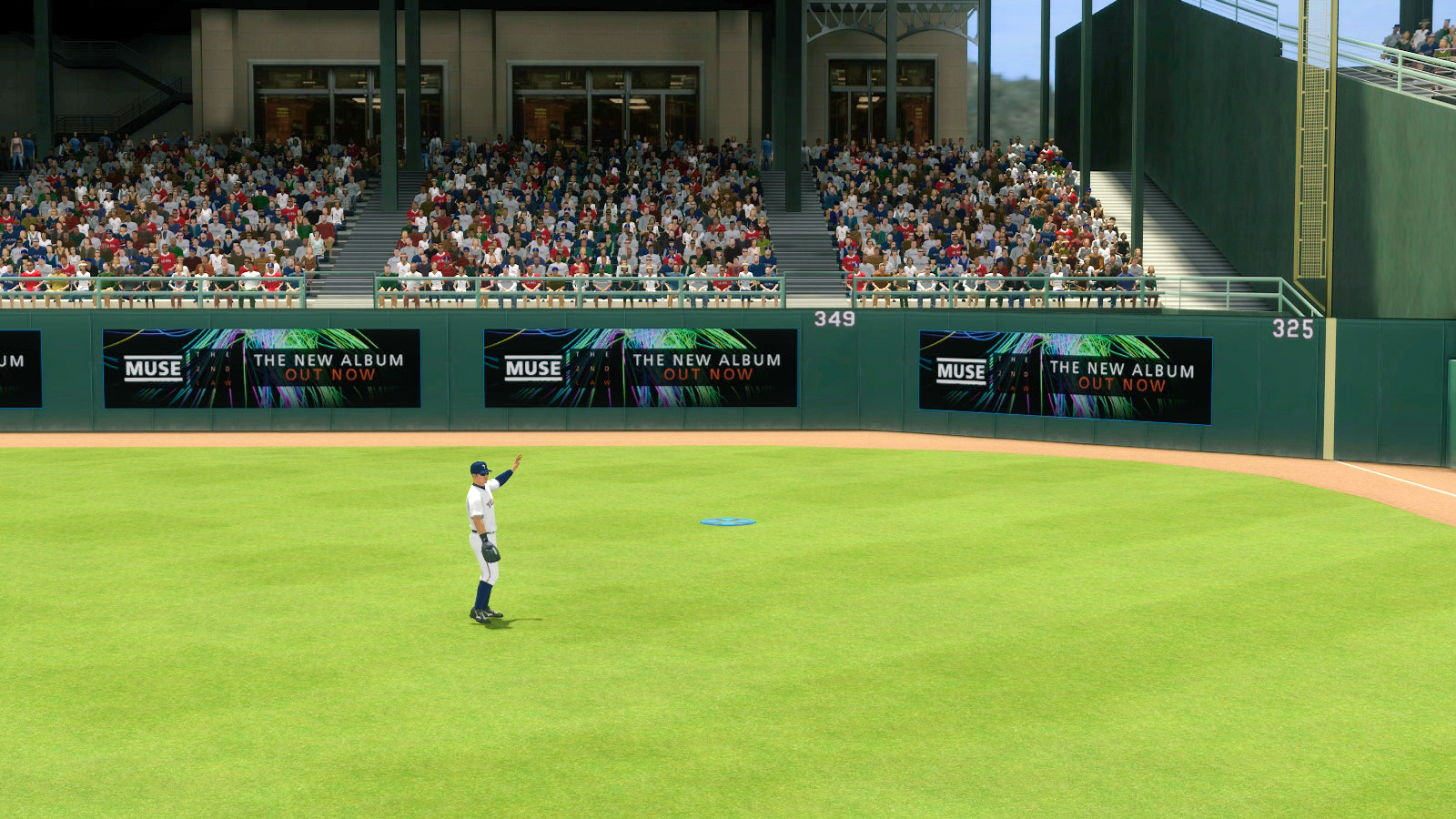For many years now, energy drinks have played a large part of video gaming culture. There’s nothing like pounding back several cans of AMP Energy with your pals at 10:00pm, and trying to game until sunrise. It’s a blast, and some of my fondest high school and college memories involved this routine!
There are probably several reasons why gamers seemingly consume energy drinks at higher rates than other demographics, but the two main reasons we speculate are:
1) Trying to stay awake after work/school and through the evening and into the night…as some of the best online gaming happens late at night when there’s a larger population online.
2) Achieving enhanced concentration which boosts gaming performance, especially important in the competitive gaming (eSports) scene.
Energy drink companies are aware of their younger skewed audience which includes students, extreme sports enthusiasts (skateboarding, snowboarding, etc), and video game players, among others. Energy drink advertisements are everywhere at extreme sporting events, and Redbull is great example of a brand that has truly innovated this space. I’m still surprised though that there aren’t as many energy drink ads targeting gamers as there should be, and video games still fall behind with regards to ad spending in comparison to extreme sporting events and sponsorships.
Advertising inside of video games is probably one of the best ways that energy drink companies can get their ads and messages across to gamers. Both Static In-Game Advertising and Dynamic In-Game Advertising can be effective avenues for this.
Static In-Game Advertising is a type of advertising where the energy drink brand would be programmed directly into the video game, and be part of the video game’s storyline – similar to product placement in film and t.v.
Dynamic In-Game Advertising is a type of advertising where energy drink brands can be displayed on billboards and certain locations throughout video games. These billboards have the impressive ability to be updated in real-time, can be geo-targeted, and operate on a cost-friendly CPM model.
Since RapidFire is a company in the video gaming industry, with several young employees in their twenties, it’s no surprise that energy drinks are a common site here. I personally owe a lot to energy drinks. They’ve helped myself and other employees here in times of need, such as launching a late night in-game advertising campaign, or helping us get through the day after a long-weekend. On top of that, I don’t think I would be where I am now, and made it through college without all those energy drinks! 🙂
To learn more about In-Game Advertising, contact us, and we’d love to point you in the right direction.
There are probably several reasons why gamers seemingly consume energy drinks at higher rates than other demographics, but the two main reasons we speculate are:
1) Trying to stay awake after work/school and through the evening and into the night…as some of the best online gaming happens late at night when there’s a larger population online.
2) Achieving enhanced concentration which boosts gaming performance, especially important in the competitive gaming (eSports) scene.
Energy drink companies are aware of their younger skewed audience which includes students, extreme sports enthusiasts (skateboarding, snowboarding, etc), and video game players, among others. Energy drink advertisements are everywhere at extreme sporting events, and Redbull is great example of a brand that has truly innovated this space. I’m still surprised though that there aren’t as many energy drink ads targeting gamers as there should be, and video games still fall behind with regards to ad spending in comparison to extreme sporting events and sponsorships.
Advertising inside of video games is probably one of the best ways that energy drink companies can get their ads and messages across to gamers. Both Static In-Game Advertising and Dynamic In-Game Advertising can be effective avenues for this.
Static In-Game Advertising is a type of advertising where the energy drink brand would be programmed directly into the video game, and be part of the video game’s storyline – similar to product placement in film and t.v.
Dynamic In-Game Advertising is a type of advertising where energy drink brands can be displayed on billboards and certain locations throughout video games. These billboards have the impressive ability to be updated in real-time, can be geo-targeted, and operate on a cost-friendly CPM model.
Since RapidFire is a company in the video gaming industry, with several young employees in their twenties, it’s no surprise that energy drinks are a common site here. I personally owe a lot to energy drinks. They’ve helped myself and other employees here in times of need, such as launching a late night in-game advertising campaign, or helping us get through the day after a long-weekend. On top of that, I don’t think I would be where I am now, and made it through college without all those energy drinks! 🙂
To learn more about In-Game Advertising, contact us, and we’d love to point you in the right direction.


